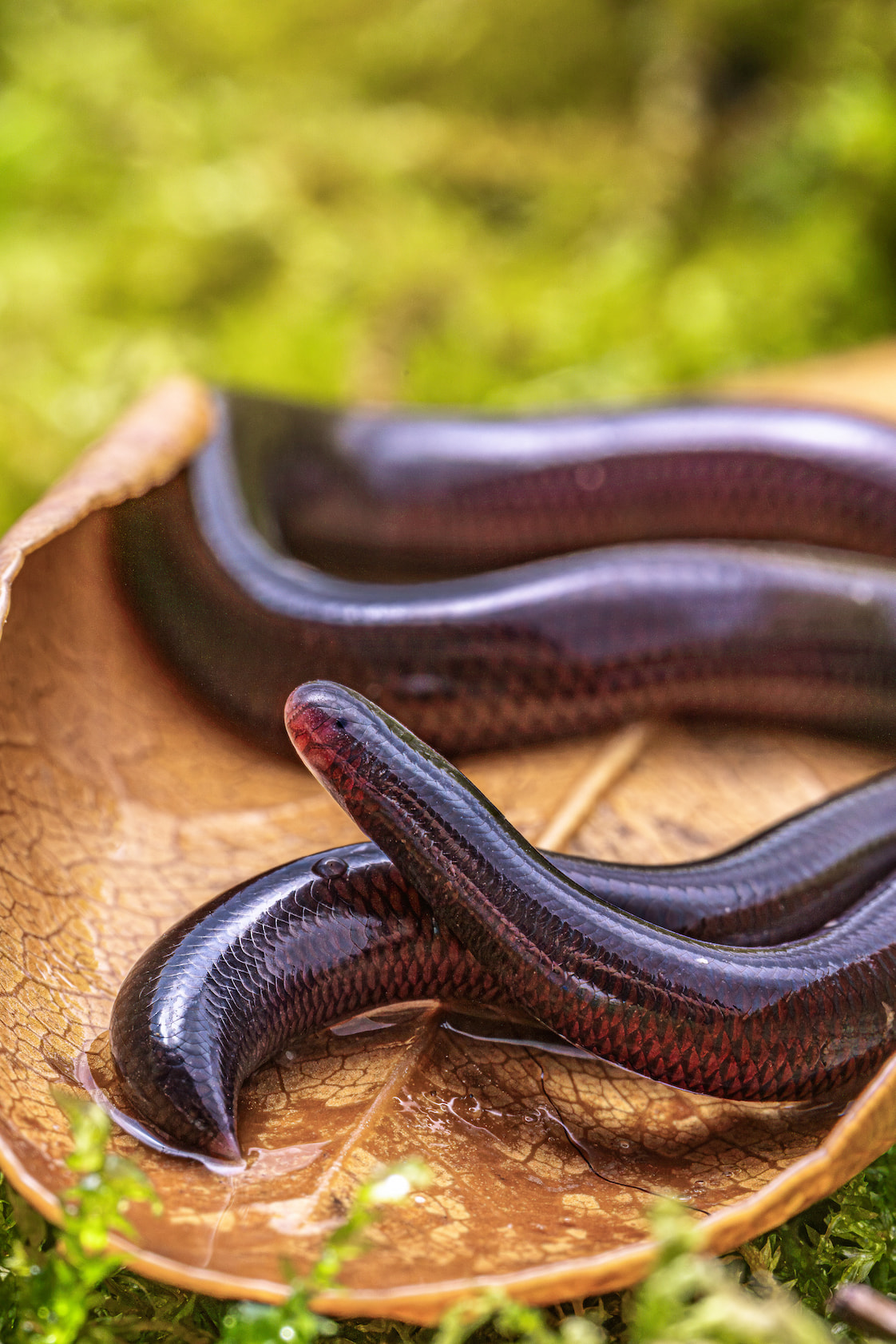
The flowerpot snake (Indotyphlops braminus) is known as the world’s only obligate parthenogenetic snake, reproducing exclusively through all-female parthenogenesis. This small snake has become widely distributed across tropical and subtropical regions, largely due to accidental transport in potted plants. Its unusual reproductive method has long fascinated biologists.
Recently, a research team led by Prof. LI Jiatang from the Chengdu Institute of Biology of the Chinese Academy of Sciences has assembled a high-quality, chromosome-level genome and partitioned it into three distinct subgenomes (A, B, and C). This study, published in Science Advances, reveals the unique triploid parthenogenetic reproductive mechanism of the flowerpot snake and sheds new light on the evolution of polyploidy in vertebrates.
Using multi-omics techniques—including long-read PacBio sequencing and Hi-C chromosomal mapping—the researchers discovered that the ancestral genome underwent a rapid speciation event approximately 41 million years ago. This event, which involved chromosomal fusion, resulted in a unique triploid genomic architecture that underlies the snake’s parthenogenetic reproduction.
The flowerpot snake’s genome comprises 42 chromosomes, which can be divided into three subgenomes. Detailed analysis revealed that two of the chromosomes appear in duplicate compared to earlier karyotypic reports, resolving longstanding discrepancies in chromosome counts.
Furthermore, comparative genomic analyses with related diploid snake species identified a fusion event in the ancestral genome, leading to distinct subgenome partitioning. This rearrangement may play a crucial role in facilitating compatibility among hybrid genomes.
The researchers also observed extensive pseudogenization in genes associated with immune response and spermatogenesis. Such genetic changes may help minimize inter-subgenome immune conflicts, thereby enhancing the viability of parthenogenetic reproduction.
Additionally, transcriptomic and epigenetic analyses of ovarian tissues showed significantly elevated expression of key DNA repair genes, such as ALKBH2 and MDC1. This suggests that premeiotic endoreplication may help address challenges faced during meiosis in triploid organisms.
By uncovering the genomic mechanisms behind the flowerpot snake’s parthenogenesis, this study challenges traditional beliefs that asexual reproduction inevitably leads to an evolutionary dead end. It offers a new perspective on how allopolyploid species can maintain genetic diversity and adapt to various environments without male involvement.
This study deepens our understanding of reptilian genome evolution and challenges long-held assumptions regarding the limitations of asexual reproduction.

Flowerpot snake in its natural habitat. (Image by MIU Jingling)

86-10-68597521 (day)
86-10-68597289 (night)

52 Sanlihe Rd., Xicheng District,
Beijing, China (100864)

